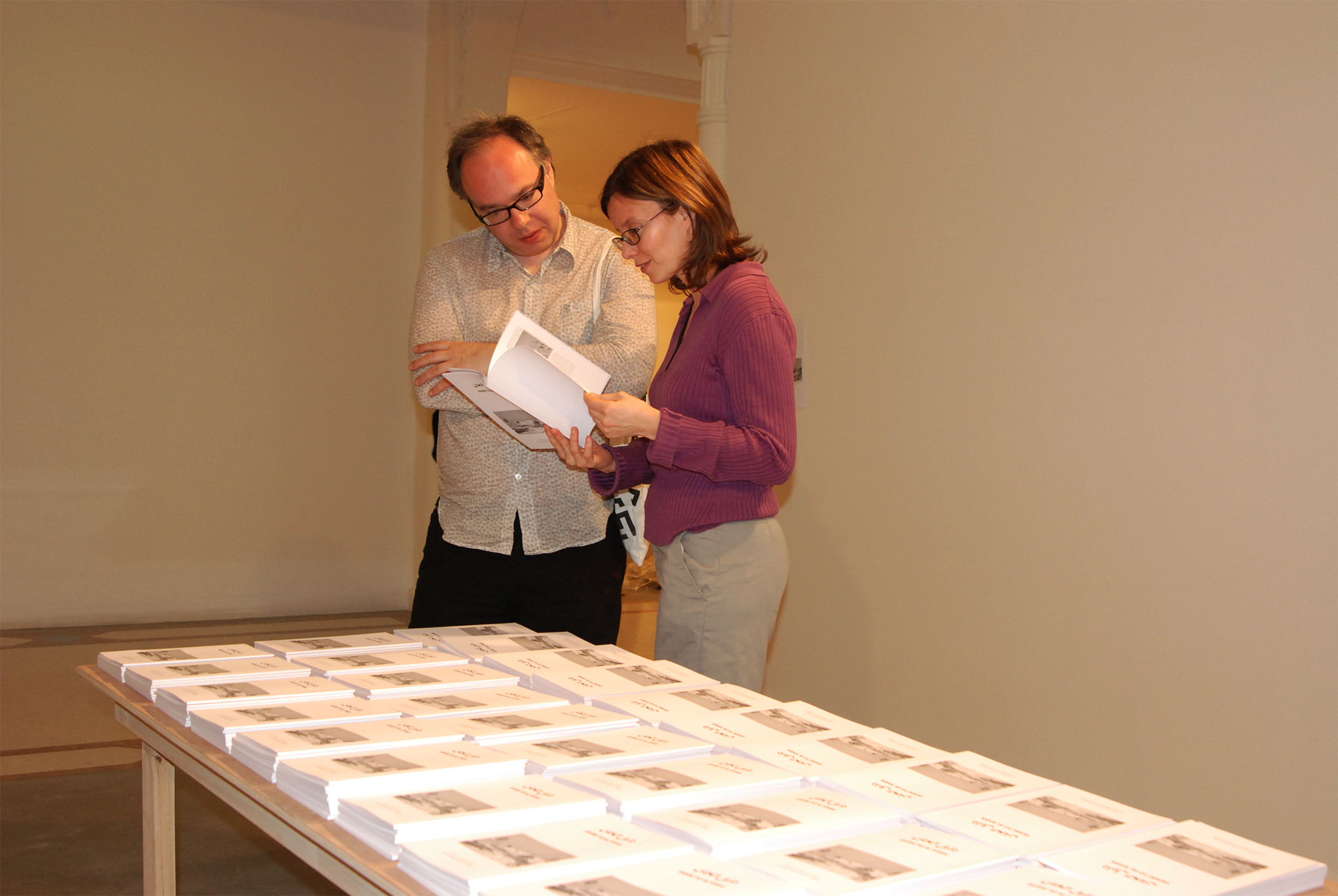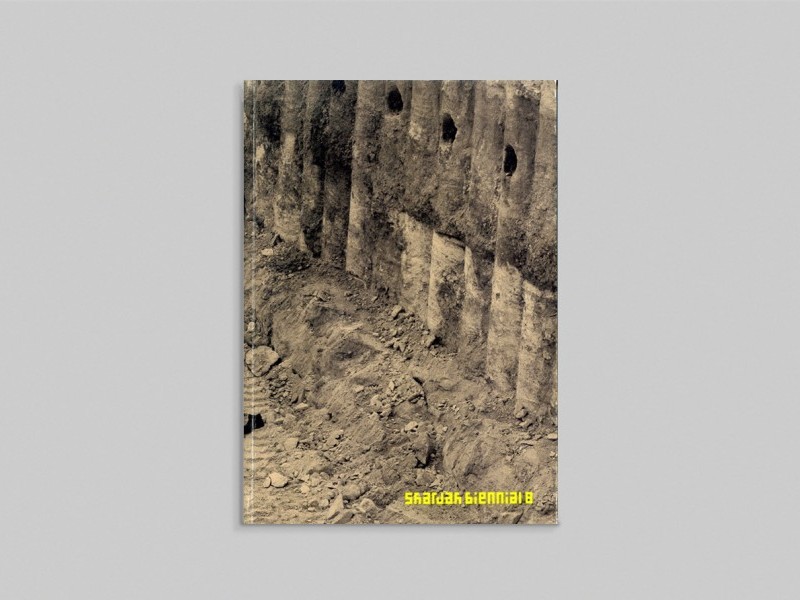
GUIDE TO AL KHAN: An empty city in the village of Sharjah, 2007
Lara Almarcegui
GUIDE TO AL KHAN: An empty city in the village of Sharjah, 2007
Guide, slide projection
search


Lara Almarcegui
GUIDE TO AL KHAN: An empty city in the village of Sharjah, 2007
Guide, slide projection
Demolitions, Wastelands, Empty Lots
I want to question urban planning through the study of places that escape a fixed definition of a city or of architecture: empty lots, wastelands, buildings before, during and after their demolition; places which, due to forgetfulness or lack of interest, escape a defined design and are open to all kinds of possibilities.
In order to present those places I make projects which involve physical actions with a very direct message about engagement with the site: such as the action of spending three weeks restoring a marvellous market that was scheduled to be demolished; or digging in an empty lot for 20 days in order to find out more about the place. Other projects consist of a long research that seems to never end and does not sound very useful: e.g to calculate the weight of all the buildings of the city of Sao Paulo; or when I spent years trying to integrate into a community of allotment gardeners in Rotterdam, in order to show an interest in self- constructed spaces. I rented a vegetable garden, cultivated it, built a shed and did everything the other gardeners did.
Often it is good to invite the public to come to the “place of interest” so that they have a real experience of the site by themselves. I like to identify the empty lots of a city and publish guides about them, pointing out the interesting aspects of each wasteland, describing them carefully as places different from the rest of the city as, for example, in Wastelands Map Amsterdam: Guide to the Empty Sites of Amsterdam. Other projects consisted in the simple action of opening the previously closed gate of an empty lot so that the public can visit it, in this way completely changing the use of the land. In my most recent projects, I am trying to convince the owners of different lots of land terrains to keep them empty and unbuilt upon. I made sure that a wasteland in Rotterdam harbour and another one in Genk stayed undeveloped for 10–15 years. This project is an experiment that consists of leaving a place undefined so that everything happens by chance, not corresponding to a predetermined plan. Therefore, nature develops its own way and interrelates with the spontaneous use given to the land and with other external factors like wind, rain, sun and flora. Wastelands are important as places of possibility, because one can only feel free in this type of land, forgotten by the town planners. I imagine that, in few years time, those wastelands protected by the project will be the only empty land remaining, once the surrounding land is built upon. I would like to see as many empty lots as possible open and preserved for as long as possible.
This project was part of Sharjah Biennial 8.

This catalogue accompanied Sharjah Biennial 8, which attempted to renegotiate the relationship between art and ecology into a system of cohabitation.

The second book in the Still Life: Art, Ecology and the Politics of Change series, documents Sharjah Biennial 8 as it was on view.